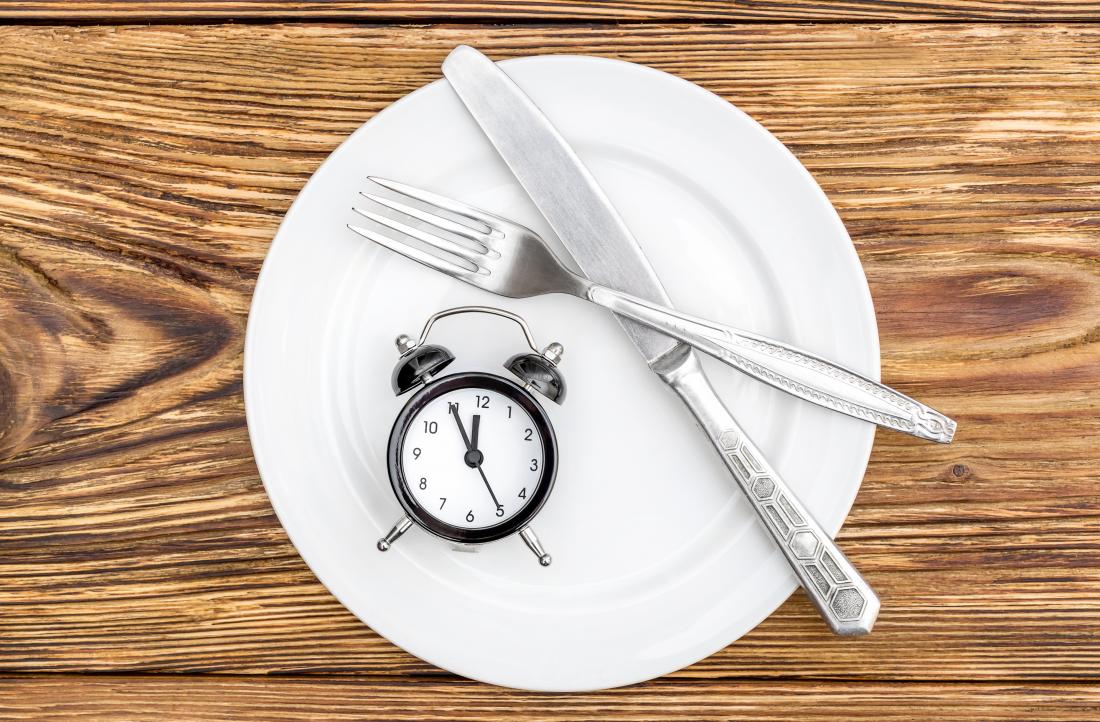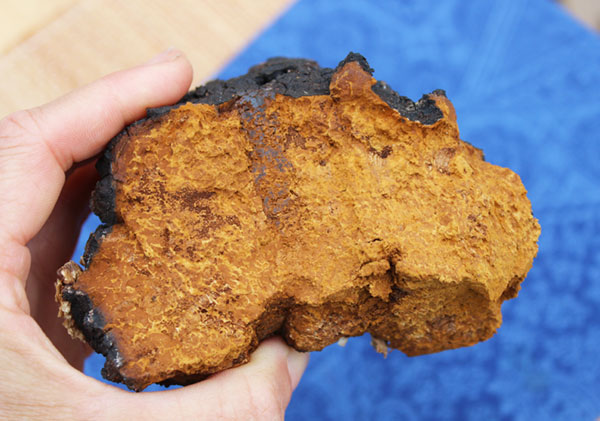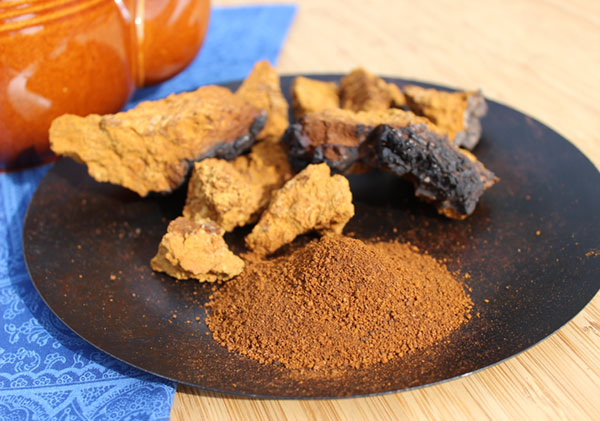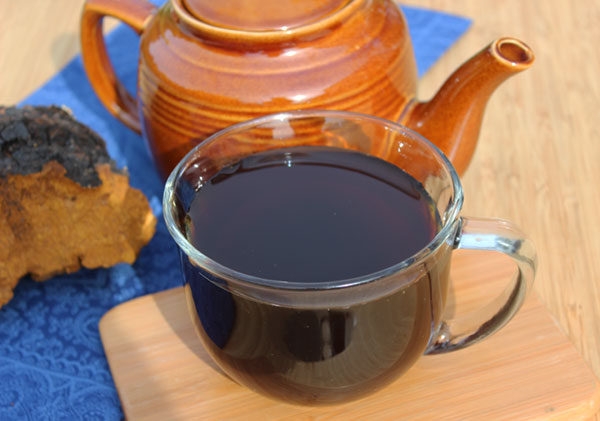Rick Simpson
We have placed some simple information below for you regarding the oil, cancer and other serious conditions that will help you including the links needed, some of the information you may already know so please forgive anything duplicated or irrelevant:
We do not sell the oil, we do not provide the oil, we do not have any oil, we simply show others how to make their own oil by following the free and simple instructions on our website.
On the website you will find the full written instructions, the dosage for cancer and other serious conditions plus a “how to make the medicine” video.
We do not communicate with anybody outside of this official verified public Facebook page, anyone who privately messages you would be a scam / fraud. ( you will see by Ricks “note” posted below that Rick does not answer any emails etc. any longer ).
We do not advise asking where to get the oil from on a public page as this attracts fraud, many fake profiles pretend to be Rick or another reliable source – do not talk to fake profiles / companies – all the information you will need to make your own oil is free and simple to follow on Ricks official website ( you can also click a “translate” button for 72 other languages if needed ).
The advice we give is to make your own oil, it is not difficult, and Rick says if you can make a cup of coffee then you can make the oil.
If you are not able bodied, we advise to ask real friends or family to help you.
The oil is made from cannabis and contains a high level of THC and therefore it cannot be posted / shipped ( no matter what you read or are told ).
We do not recommend CBD only oils, they are not the same cannabinoid and will not have the same effect ( Rick Simpson mentions cbd being an antagonist in the video below “Questions for Rick Simpson” @ 6:31 ).
Even if you live in the US or another legal country / state.. we would recommend to “make your own” as buying a “ready made” version from a legal dispensary may mean the difference between life and death depending on the condition being treated if the oil is not strong enough or made correctly.
We do not advise to let anyone make the medicine when money is concerned as many people / companies have been known to make short cuts to make extra money.
We do not recommend a particular dispensary where to obtain the oil from, if you are in the US / Amsterdam or another legal country / state and look for a dispensary who claims to sell RSO ( Rick Simpsons Oil / Phoenix tears) then please note that it was not made by us ( as we do not make it ).
If you do travel to a legal dispensary it would be advised to look for one who displays an authentic dated valid laboratory test certificate for that particular batch showing the full cannabinoid analysis.
A typical home made RSO may contain a THC content of 70 to 90%+, and a cbd content of approximately 1 to 2% plus all the other cannabinoids, terpenoids and flavonoids working together like an “entourage effect”, the very best oils are 95%+ THC..
Dispensaries ( with many of the strains available to them ) should be able to produce an oil with a very high THC content.. check before buying. ( some tests we have seen show little to only 50% THC.. such oils are not authentic oils and are “watered down” versions ).
As many dispensaries are interested in their profit margin, many will use low grade materials to make an oil from, including leaf, stems, stalks and even roots, some have been known to bulk their product up by adding other oils.
As there are no standards enforced upon such dispensaries the oil is usually not strong enough and will not have the desired effect to help with serious conditions such as cancers.
For this reason we always recommend that you make your own oil, such dispensaries are ideal to obtain the cannabis from to make the oil, we must use indica or indica dominant strains with a minimum THC content of 20% to 25% + for best results.
If a patient / care giver is thinking of travelling to a legal country / state to take the 60Ml of correctly made oil over the average 3 months for serious conditions such as cancer, they should also be made aware that they will need to continue to take a “maintenance dose” when the 60Ml had been taken ( as mentioned below ).
Cannabis / oil cannot be taken legally out of any “legal” country / state.
This is another reason why we recommend to make your own.
Several strains mixed together can make a great oil, as the research has not been done to know what particular name of a strain of cannabis is best suited to a particular condition.
We advise to mix as many strains as possible ( when possible ) to try and cover all the bases.
In many situations a patient / care-giver may have to source their own starting materials ( cannabis ) from other places – such as discreetly asking real friends and family to help them.
Cannabis is popular in every country in the world, so in reality many people can find the cannabis with ease just by simply asking friends and family, most recreational users do not shout out about the fact that they use cannabis, so many people maybe surprised who can get the cannabis for them.
In Ricks film “Run from the cure” he refers to the oil as “Hemp oil”.. this confuses many people as they think of it being “Hemp seed oil”.. Rick has apologised for the confusion however the video has gone viral.
The oil is in fact a type of “Cannabis oil” ( named RSO “Rick Simpsons Oil” or “Phoenix tears” ) this is to differentiate it from the many other types of cannabis oil that are prepared differently.
Ricks oil is not a “Hemp seed oil”.
The oil Rick speaks of is made from the buds of the female cannabis plant and not from crushing the seeds from a hemp plant. Ricks oil is a purified decarboxylated cannabis oil.
Rick also advises for cancer patients to ingest the seeds from 2 different apples each day to obtain the vitamin B17, the seeds do contain trace elements of cyanide – the lethal dose for an adult is said to be 1700+ seeds in 24/48 hours – so a few won’t harm – many private cancer treatment centres use B17 – cancer hates B17. ( the seeds should be split or chewed or they may pass through the body whole ).
Stay away from sugars – cancer loves sugars.
There are two main types of cannabis, Rick recommends “Indica or indica dominant strains” to make the oil with for internal conditions such as cancer:
Indica = relax.
Sativa = energise.
If we use the wrong type of cannabis strain(s) ( Sativa or sativa dominant ) it can keep the patient awake and be unpleasant as they cannot rest and some may want to stop the protocol altogether.
We do not want cancer patients ( or anyone ) all high and trying to dance & paint the house etc. – so we use Indica or indica dominant varieties.
Most cannabis dealers / dispensaries know the strain of cannabis they sell – a simple Google search will tell us if its indica or sativa ( or a mix of both plus the % of the indica ).
In some situations we have to use what is available – ( so make a smaller batch with an ounce or 2 ) while you look for better indica strains.
When the patient takes the RSO ( Rick Simpsons Oil ) many people find if they are using any medications such as steroids / painkillers / morphine makes horrible side effects when mixed, so many people reduce the medications by half on day one – then reduce and stop the medications over 7 to 14 days – mixing the medications with the oil can produce undesirable side effects – the symptoms / side effects of the medications can be exacerbated,
The main conditions / medications we warn about are the heart, blood pressure and diabetes and to closely monitor the levels over 3 months or so.
The use of ingesting hemp seeds / hemp hearts is recommended in the patients diet when they are using the oil..
Ingesting a capsule or 2 of shop bought hemp seed oil ( cold pressed hemp seed oil ) 40 minutes to 1 hour before the RSO dose will help to create new receptor sites for the oils molecular structure to bind onto.
When the cancer is gone or the condition is under control ( usually when the full 60 Mls of correctly made oil are ingested ) or for general good health benefits, we recommend to take a preventative / maintenance dose of between 1 to 2 ML per month, this tiny amount equates to the size of between “half to a full dry grain of short grain rice” per day, usually taken an hour before bedtime.
This maintenance dose is essential as we have known of a few cancer patients who did not do the “maintenance dose” and the cancer returned, if the oil is made correctly and a maintenance dose is followed ( forever ) it will keep it away.
We do not recommend any scans to be taken / ordered until the full 60Ml of correctly made oil has been taken over 90 days ( as per dosage instructions ).
When possible ask for a MRI scan or an ultra sound or x-ray, the use of CT scans may be required in some cases, but in many cases a MRI would also work to know if the cancer / tumour / tumor is shrinking or has gone.
Rick does not like CT scans as they use very high levels of radiation and in many cases do more harm than good, in some cases a CT scan is the only thing that can work, but stay away from them if / when possible.
If you decide to make your own oil:
Make sure you have all the equipment ready to make the oil as soon as possible when you find the cannabis, an ounce can make 3 to 5 ml of oil.
Rick says you need 60ml – that’s 16 ounces / a full pound of indica cannabis – smaller batches of oil can be made from an ounce or 2, by using less cannabis and alcohol / solvent.
Make sure you have a fan & rice-cooker with 2 temperature settings.. high / low – heat – warm etc. ( but not the on / off version ).
We cover the cannabis with alcohol for just 3 minutes each time ( x 2 = 6 minutes total soak / smash time ).
When making the oil for the first time – pay attention to the unmarked paragraph 22 regarding “decarboxylation”. This is the vital key stage to change the oils molecular structure to fit the receptors in the brain ( CB1 ) and the body ( CB2 receptors ) without decarboxylation the oil is weak / worthless.
On paragraph 3 you will note the limited few alcohols / solvents Rick recommends to use.. ( use the ones stated only for best / safest results )
IPA Isopropanol / Isopropyl 99.9% is one of the two alcohol / solvents Rick uses ( it is available in almost every country ) – 5 litres will be enough for 5 to 8 ounces & 8 to 9 litres will be enough to make the full treatment – when following the instructions to the letter, no traces of the alcohol remain in the final medicine.
Buy the 99.9% alcohol on eBay or amazon now ( ASAP ) to be ready to make your own oil, if you cannot find the IPA in your country, simply log into another countries eBay and order from there.
Try and get as close to 99.9% as possible, other versions are available, 99.9% is ideal, 99% is good, 95% not so good, 91% is poor, the higher the %, the less water is in the product and the more effective the alcohol is at stripping the cannabinoids from the plant..
Some oil makers do not like the 99.9% IPA as it can make a darker oil with all the waxes & chlorophyll – it can make a darker greener oil that’s not as pure as it can be ( PPM ) parts per million..
To simply overcome this we freeze the IPA for 5 to 12 hours before use ( it won’t ice ) – then do the 2 x 3 minute quick washes as per video / instructions. ( we freeze the IPA and not the cannabis ).
Oils produced from the 99.9% IPA can be from yellow to red depending on the strains used ( when spread thin on white paper ).
Best wishes
Rick Simpson and his team.
http://phoenixtears.ca/
– –
Full written instructions to make the oil:
http://phoenixtears.ca/producing-the-oil/
Dosage information for cancer and other serious conditions:
http://phoenixtears.ca/dosage-information/
Video showing how to make the medicine:
https://www.youtube.com/watch?v=La426H2GluQ
Rick’s video “Run from the cure”:
https://www.youtube.com/watch?v=zDJX7GqsQoA
Questions for Rick Simpson: ( Rick mentions cbd being an antagonist @ 6:31 ).
https://www.youtube.com/watch?v=NSGmKB8sVuQ
Important message from Rick Simpson [January 2015]: ( Rick mentions he no longer answers emails ).
https://www.facebook.com/notes/rick-simpson/important-message-from-rick-simpson-january-2015/782256871821454
Please make sure you live in a country that allow the Oil to be made or buy it from a legal supplier (Not legal in most asia Thailand Indonesia etc etc etc )







